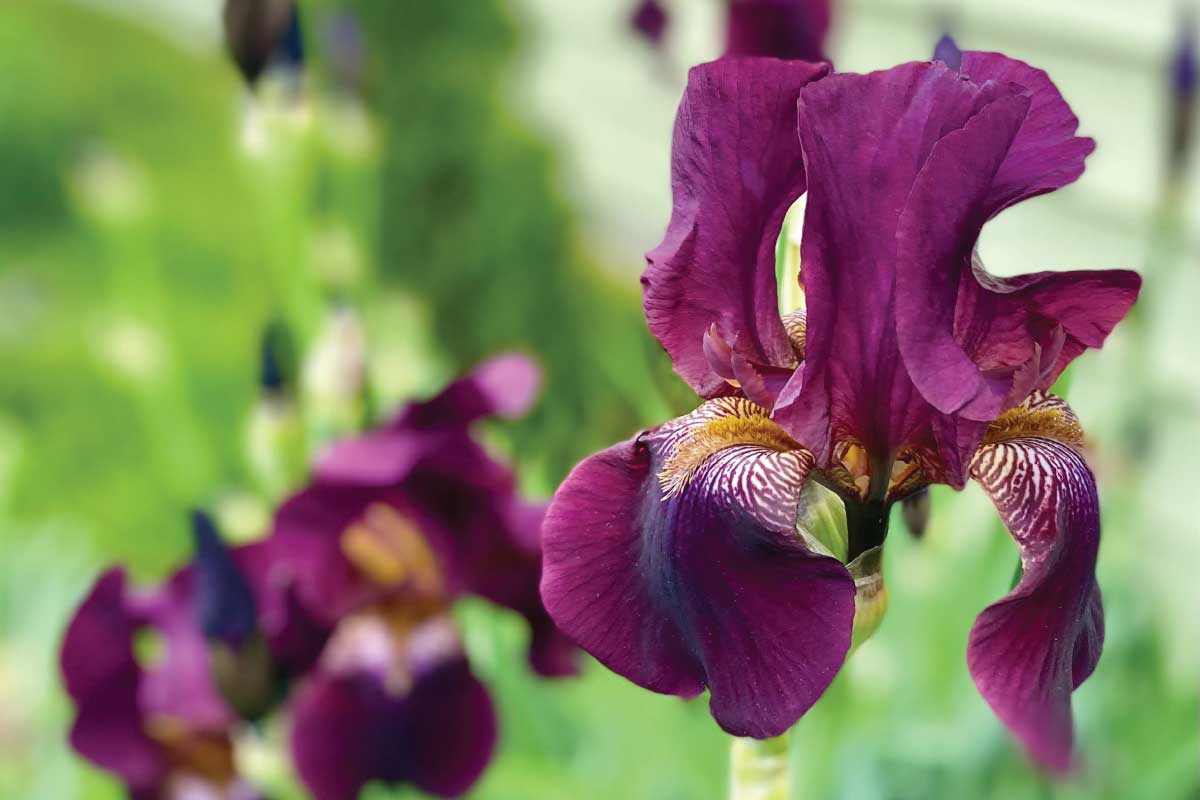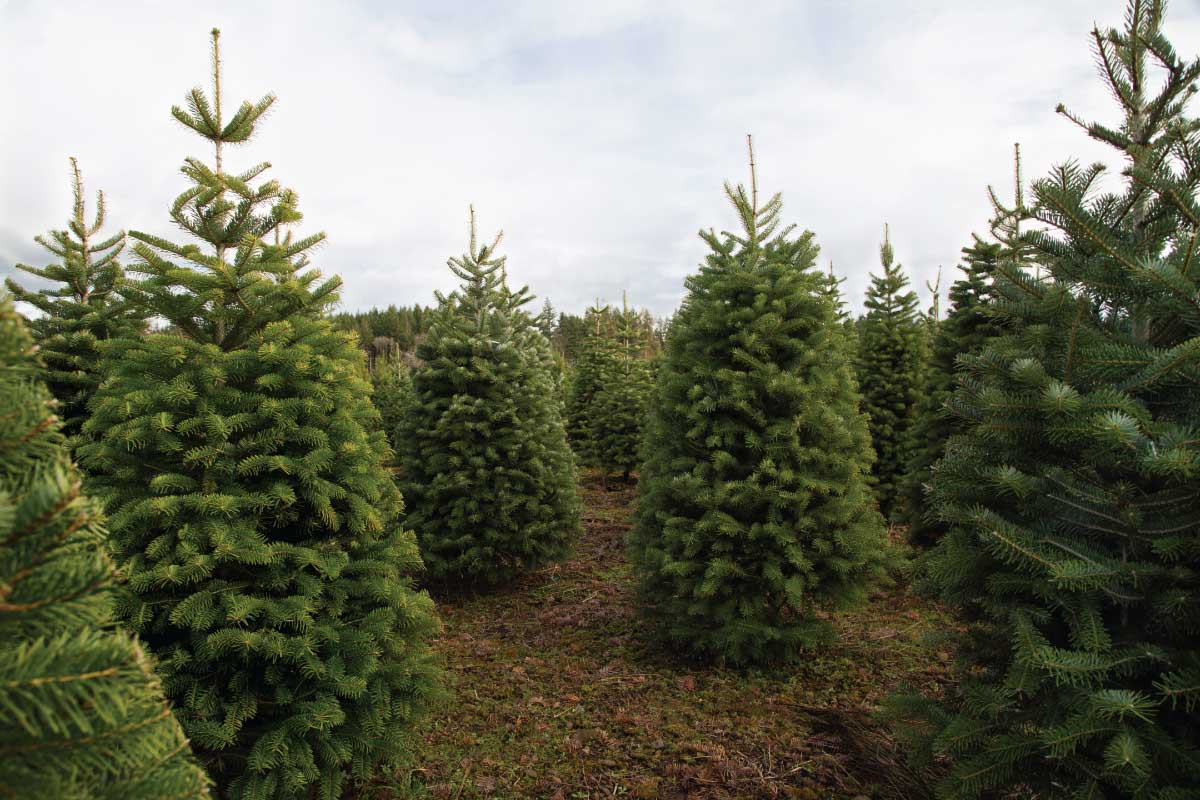Irises are a popular perennial flower known for their stunning blooms and easy-to-care-for nature. However, to keep irises healthy and thriving, they need to be divided every few years.
In this article, we will discuss when and how to divide irises to keep your garden looking beautiful year after year. Whether you’re a seasoned gardener or just starting, this guide will provide you with everything you need to know to successfully divide your irises.
Benefits of Dividing Irises
There are several reasons why it’s important to divide iris plants regularly:
1. Rejuvenate
Over time, iris plants can become crowded and start to decline in health and vigor. Dividing iris plants helps to rejuvenate them by removing old, tired growth and promoting new, healthy growth.
2. Promote better blooming
As iris plants become overcrowded, they may produce fewer flowers or smaller blooms. Dividing iris plants helps to promote better blooming by giving each plant more room to grow and thrive.
3. Control spread
Iris plants can spread quickly and become invasive if left unchecked. Dividing iris plants regularly helps to control their spread and prevent them from taking over other areas of your garden.
4. Create more plants
Dividing iris plants is an easy way to propagate new plants from a single clump. This can be a cost-effective way to expand your garden or share plants with friends and family.
5. Control pest and disease
Dividing iris plants can also help to control pest and disease issues. By removing old, diseased or infected plant material, you can prevent these issues from spreading and keep your iris plants healthy and thriving.
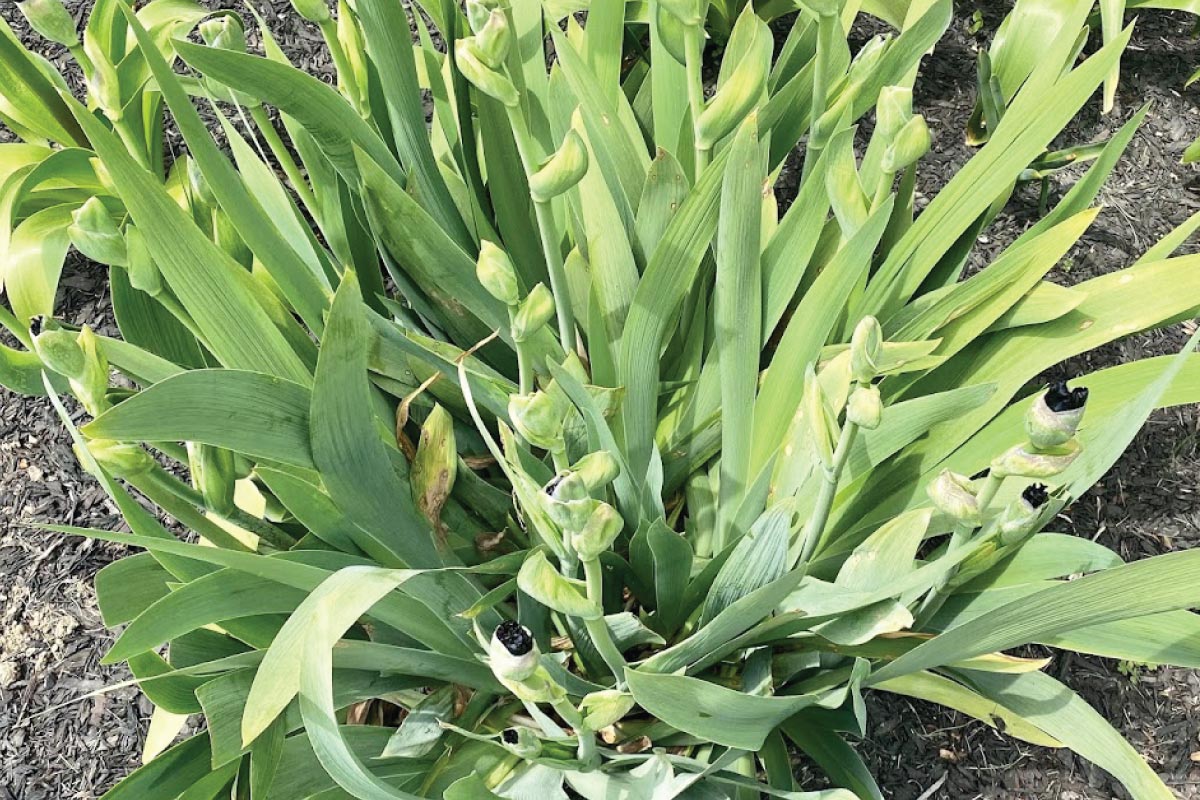
When to Divide Irises
Irises are typically divided in late summer or early fall, about 4-6 weeks after they have finished flowering. This allows the plant to focus its energy on establishing new roots and foliage before winter.
Dividing irises is usually done every 3-5 years, or when the clumps become overcrowded and start to produce fewer flowers. Signs that your irises need dividing include smaller blooms, yellowing or browning leaves, and a noticeable decrease in overall plant health.
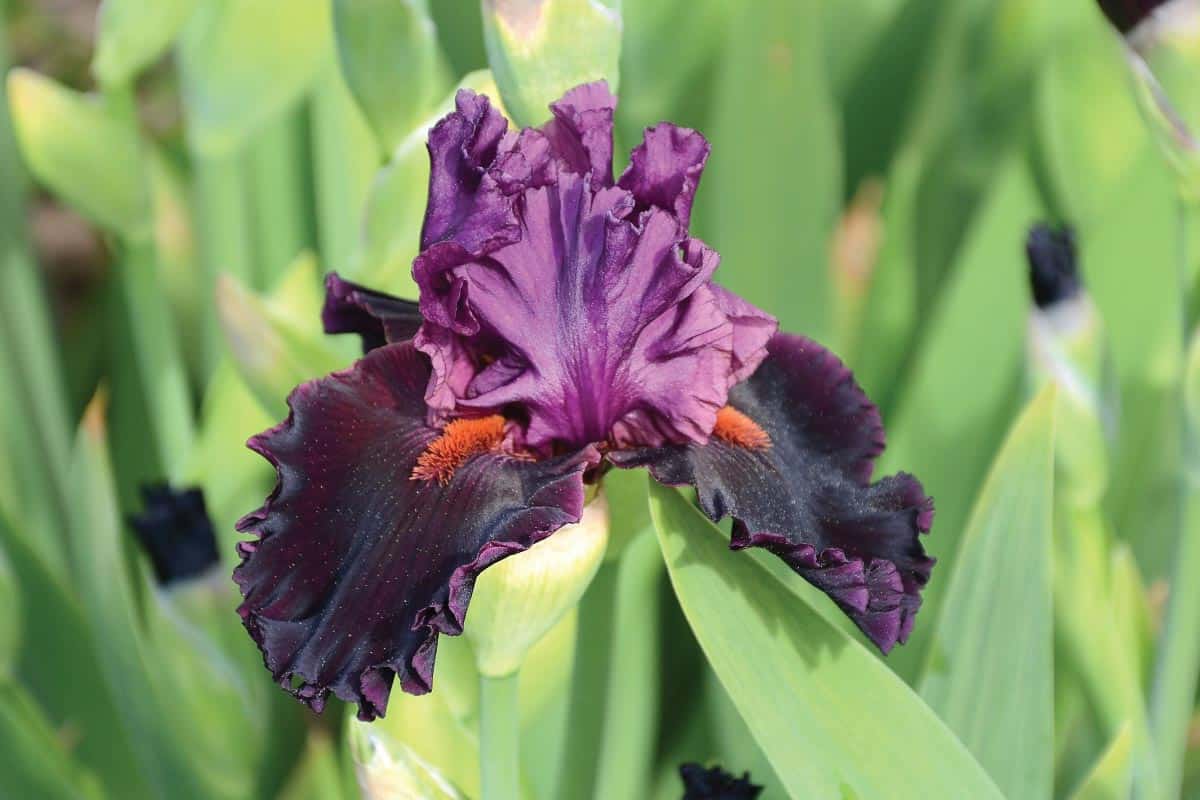
How to Divide Irises
To divide irises, follow these steps:
- Choose a cool, dry day in late summer or early fall when the irises have finished flowering.
- Using a garden fork, gently lift the entire clump of irises out of the ground. Be careful not to damage the rhizomes.
- Shake off any loose soil and remove any dead or damaged leaves, roots, or rhizomes.
- Cut the rhizomes into sections with a sharp, sterile knife. Each section should have at least one healthy fan of leaves and a portion of the rhizome with roots attached.
- Trim the leaves of each section to about 6 inches long.
- Plant the sections in a new location, spacing them about 12-18 inches apart. Make sure the rhizomes are just below the soil surface.
- Water the newly planted irises thoroughly.
- Mulch the area with a layer of organic matter, such as shredded leaves or bark chips, to help retain moisture and suppress weeds.
- Water the newly planted irises regularly until they become established.
Remember to keep the soil moist, but not waterlogged, during the first few weeks after planting to help the roots become established.
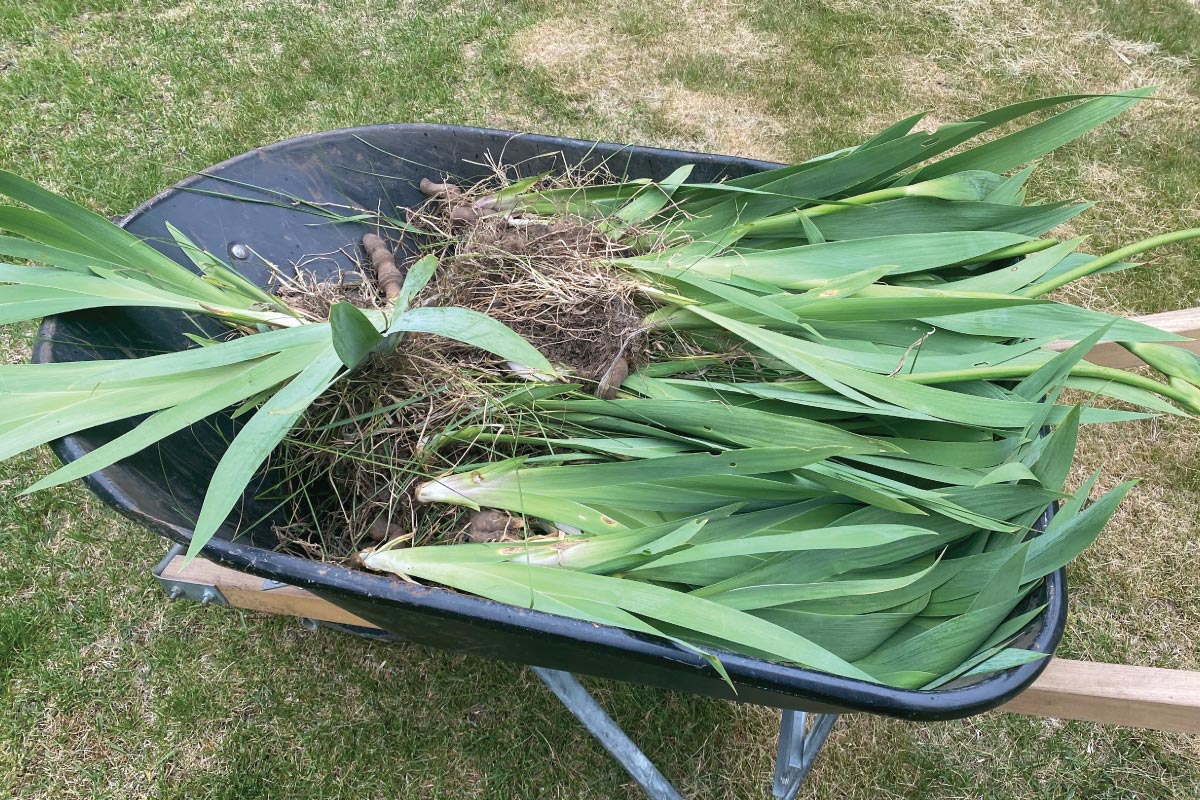
Conclusion
Dividing irises is a simple and rewarding task that can help ensure the health and beauty of your irises for many years to come. With proper care and attention, your irises will continue to produce abundant blooms and enhance the beauty of your garden.

